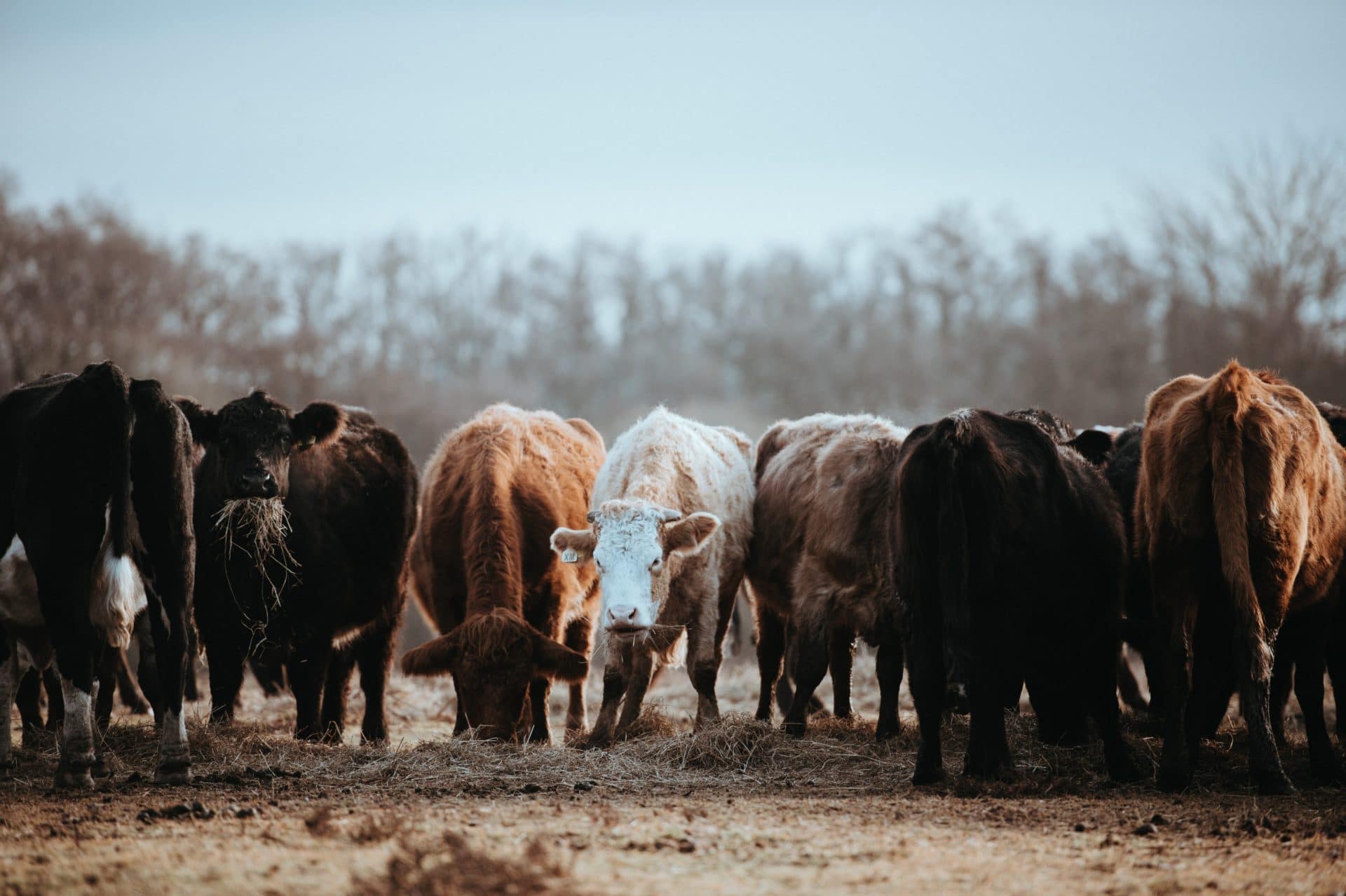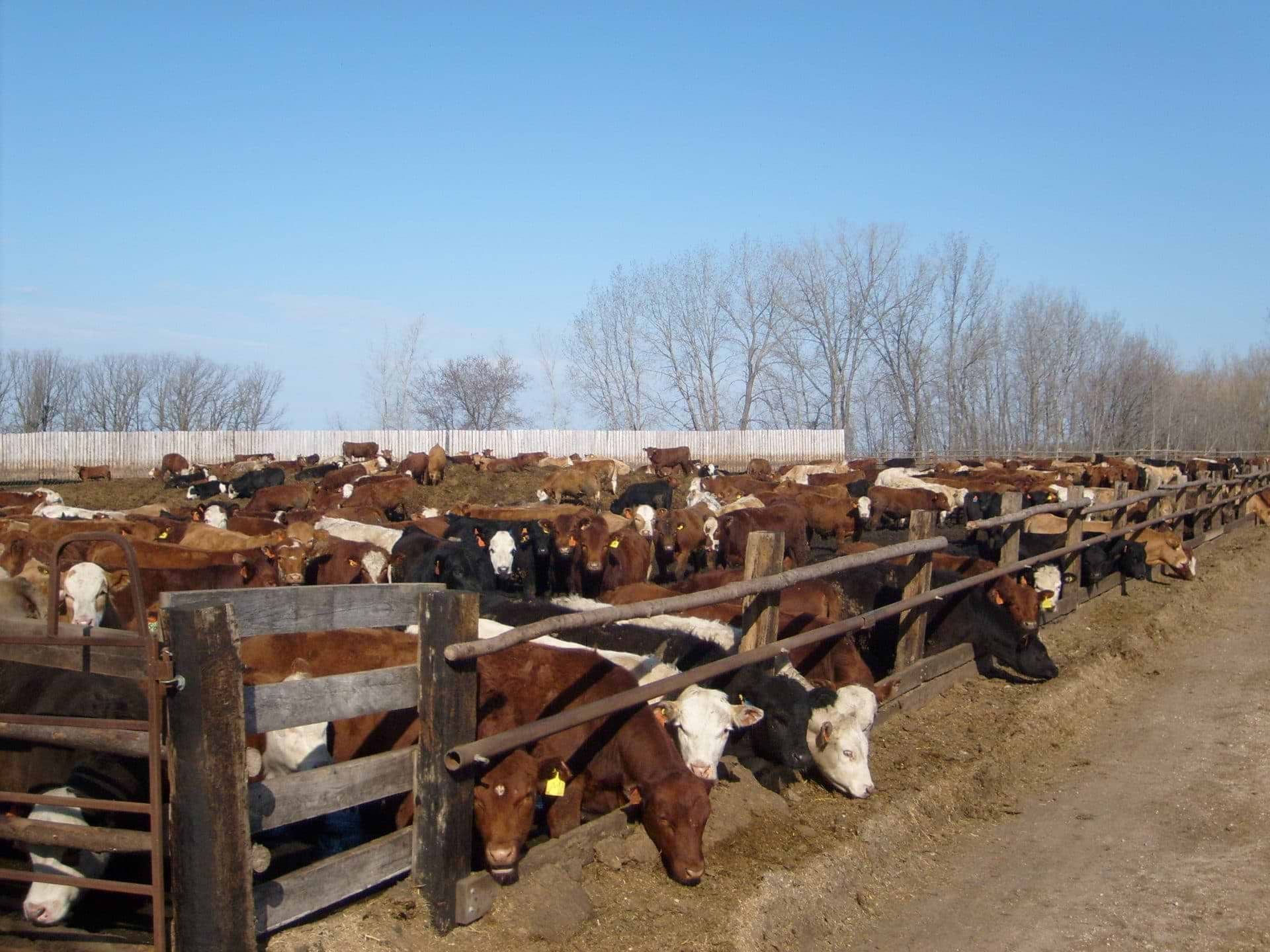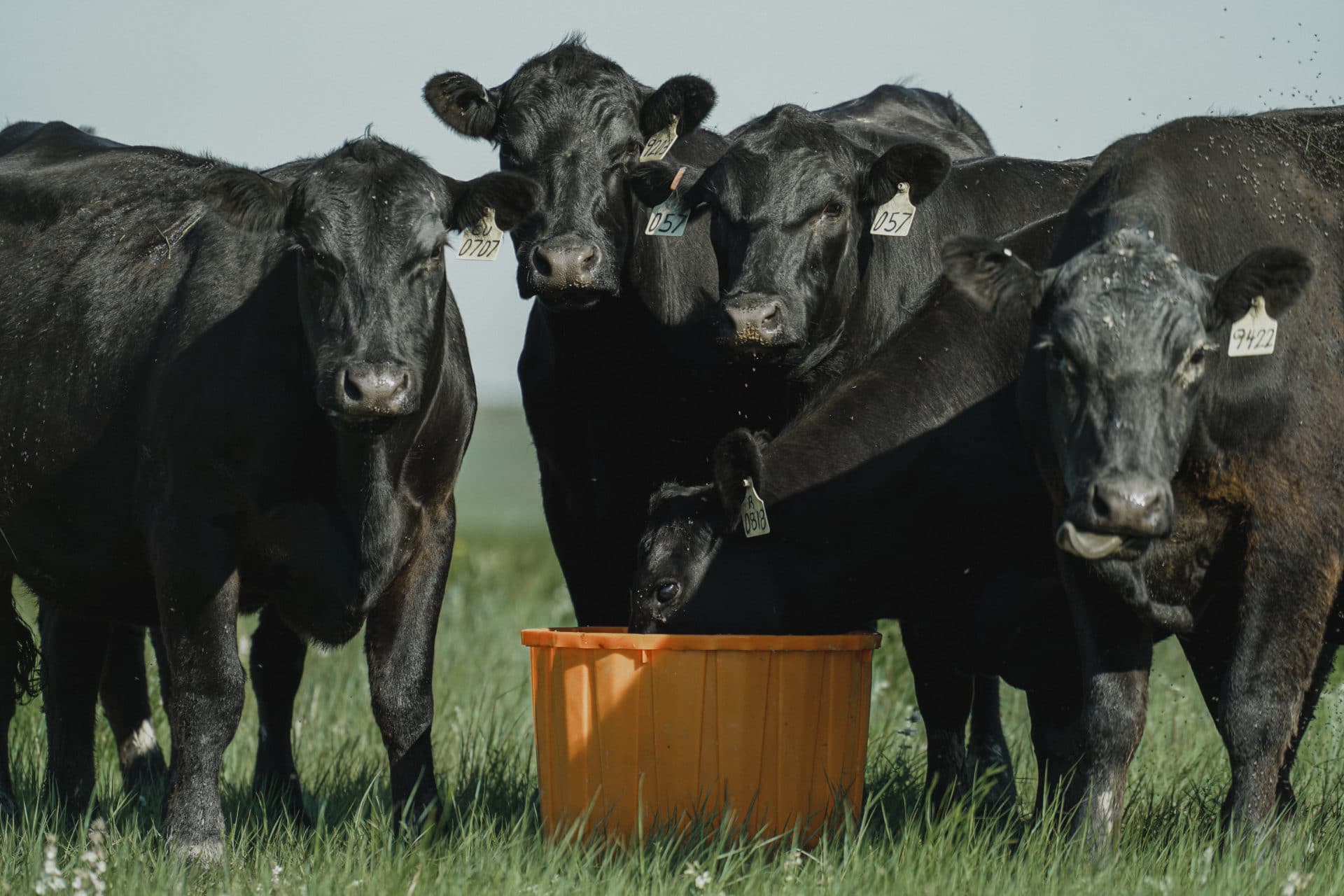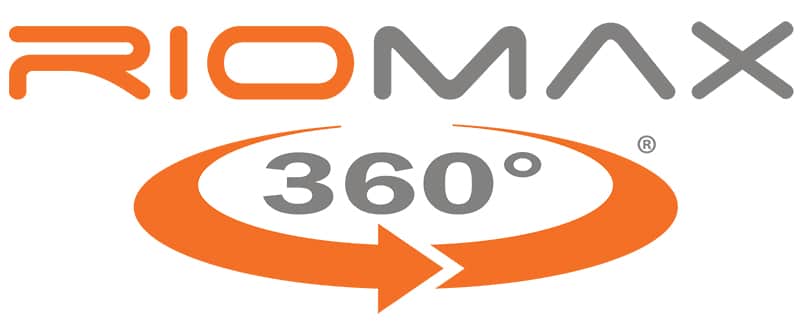Last updated on October 2nd, 2023 at 11:16 am
“I hate to say it, but I think the bargains or buying opportunities are few and far between.”
That’s how Dr. Justin Waggoner, Kansas State University beef systems Extension specialist based in Garden City, Kan., answers the question of where to find alternative feeds. “Everything’s expensive,” he says. “When you put them (alternative feeds) on an energetic basis and value of that mega-calorie, a lot of times the cheapest source is still the cheapest source. It’s still the lowest, it’s just that dollar values have moved up.”
Add freight on top of higher-priced everything and it means beef producers need to have their heads on a swivel as they search for buying opportunities. But make no mistake—buying opportunities are still out there. “Maybe somebody’s got an overabundance of something that they need to move to make bin space at a commodity location,” he says. While those buying opportunities happen occasionally, they pop up quickly and don’t last long.
To that end, developing a relationship with a commodity dealer isn’t a bad idea, he says. That’s because a commodity location that has a lower quality product they want to move to make room for a higher value commodity will often work through a broker or dealer.
“I think the secret to feed costs right now is being opportunistic.
If something pops up, you have to look at each one of them relative to what else you’re feeding in those costs.” Beyond that, he says to look at the space they’re going to fill in the ration. “Are they going to be an energy source, a fiber source, or a protein source?”
And, as long as drought and global political uncertainty continue to capture headlines, plan on high feed prices staying around for a while.

Protein, Fiber, and Energy Components
Generally, when looking at cows, fiber and protein are the two main nutrients of concern. But Waggoner cautions don’t forget to include an energy source in the ration.
Waggoner’s ideal is a higher-fiber energy source, but that doesn’t mean there won’t be buying opportunities for grains. Remember, however, that it isn’t a one-to-one substitution. In other words, 1 pound of corn, wheat, oats, or milo doesn’t replace 1 pound of hay or forage. That’s why it's crucial to ensure you’re feeding a ration that matches as closely as possible the nutrient needs of your cattle.
According to Dr. Alfredo DiCostanzo, Extension beef nutritionist at the University of Minnesota, consider the numbers below as benchmarks when figuring the cost of including corn or other grains in your drought management ration. The figures are for cow maintenance only—no consideration for a growing fetus, lactation, or weight gain.
Using hay at $200 per ton, corn silage at $60 per ton, and corn grain at $6 per bushel, he figures a 1,500-pound cow will consume 21 pounds of hay per day for a cost per day of $2.15; corn silage at 38 pounds per day will cost $1.15 per day; and corn grain at 32 pounds per day will cost $1.31.
Of course, nobody will feed a diet of only corn grain to cows. The grain will offset some of the other feeds and add some energy to the ration.
What About Drylotting?
Putting cattle in a drylot or feedlot is certainly an option if your pastures are short. But it can be challenging with cow-calf pairs, especially if you don’t have experience or facilities to do it at home.
As calves grow, their milk intake decreases and their nutrient needs increase. What’s more, their nutrient needs are different from the cows. So Waggoner advises waiting until the calves are from 120 days to 150 days old and early wean.
“Let’s wean those calves and then let’s feed the cows, and the calves if we have to. Typically it’s pretty easy to find those calves a home with some bunk space.”

He cautions that any time you move cows to a new environment, whether that be pasture you found or a drylot, expect some reproductive losses. When you put cows in a different environment than what their normal production scenario is, they never seem to do quite as well as they do at home, he says.
And lastly, always ask a lot of questions. He relates the story of one rancher who found a deal on a truckload of Pop-Tarts that were past their expiration dates. However, the pastries were still individually wrapped for vending machines. The problem was solved by paying some teenagers to unwrap the candy. No indication was given on how much pizza he had to buy to keep the teenagers fueled for the duration.
Supplementing With A Protein & Mineral Tub
DiCostanzo helped research and develop Nutrizorb®, the digestion aid in the Riomax® formula. In an in-vitro trial, he compared the digestibility of 52% TDN hay between cows adapted to Riomax® and those not adapted to the supplement.
Again, looking only at the maintenance requirements for a cow, he found that the non-adapted cows needed to consume 23 pounds of moderate quality hay per day. The cows adapted to Riomax® reduced consumption to 20.9 pounds per day. Rounding up, that’s a hay savings of 2 pounds per day, or roughly 10%.

Many Riomax® customers relate hay savings double that or more. Beyond that, they say keeping Riomax® tubs out on pasture does the same thing with forages—increases the ability for cattle to squeeze more nutrients from the pasture forages, which allows for higher stocking rates and pastures that last longer.
Dealing With Uncertainty
Beef producers are facing uncertain times. But it seems that they always have been. From an inventory perspective, it’s clear that beef cow numbers are declining, DiCostanzo says. In a supply and demand market, that means feeder calf prices will go higher over time.
“In 2014-2015, those feeder prices were great,” he reminded beef producers during a recent Riomax® webinar. “Fed cattle prices were good. So those times will come. It’s the 10-year cycle. Will the drought push it back? Will some other things push it back?”
That’s likely, he said. “But it’s about to come back. And if you want to be part of that, then let’s think about this with an open mind as we move forward.”


